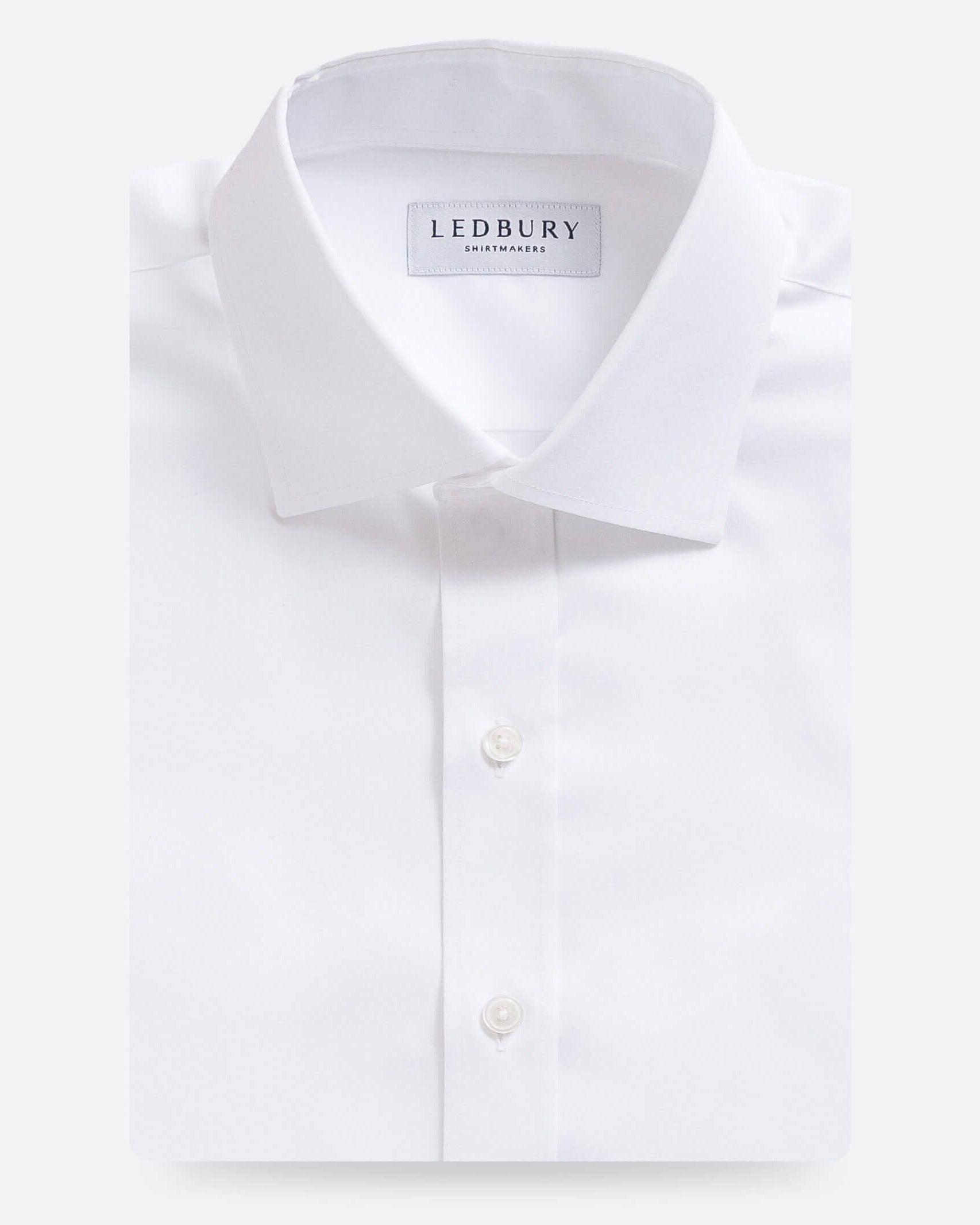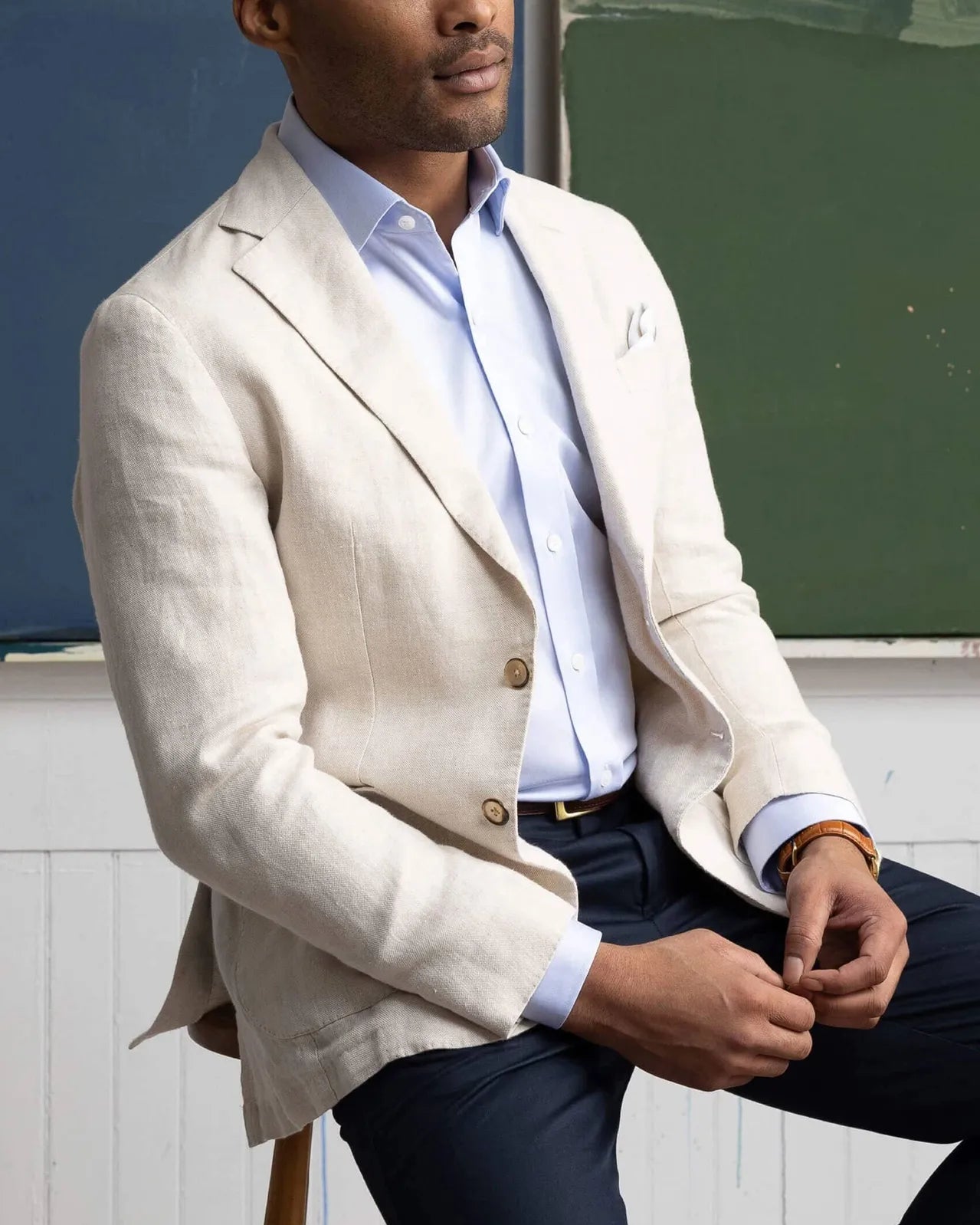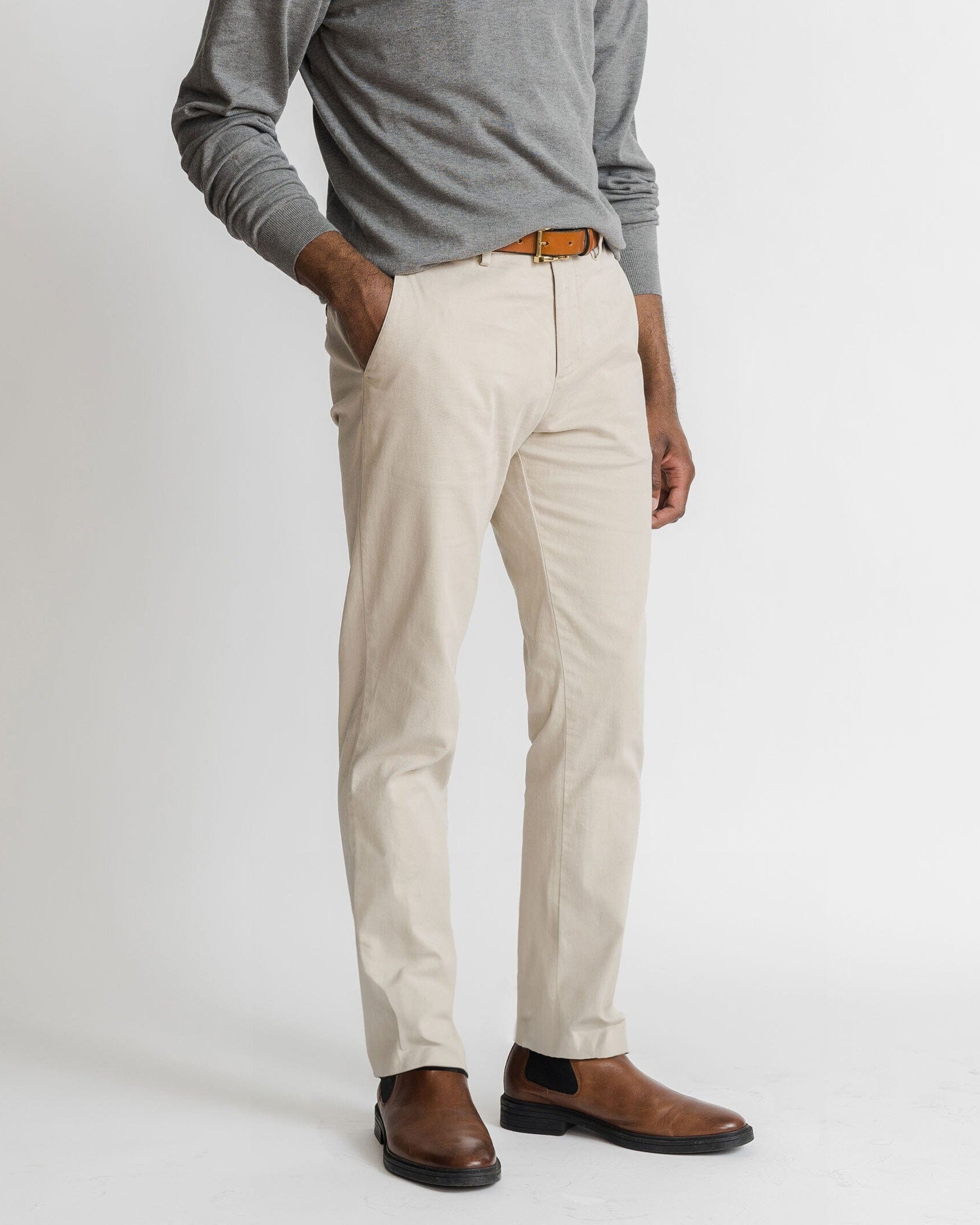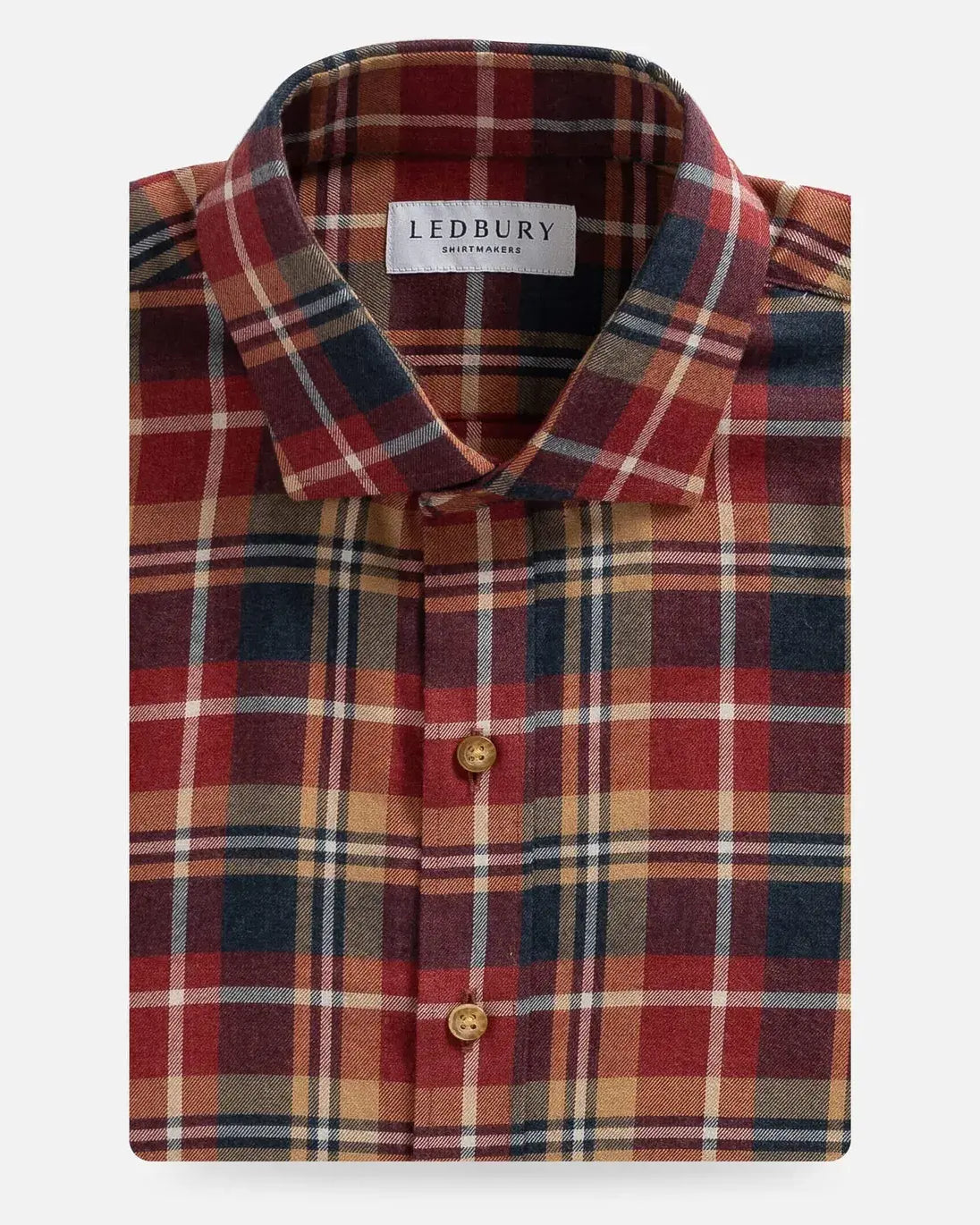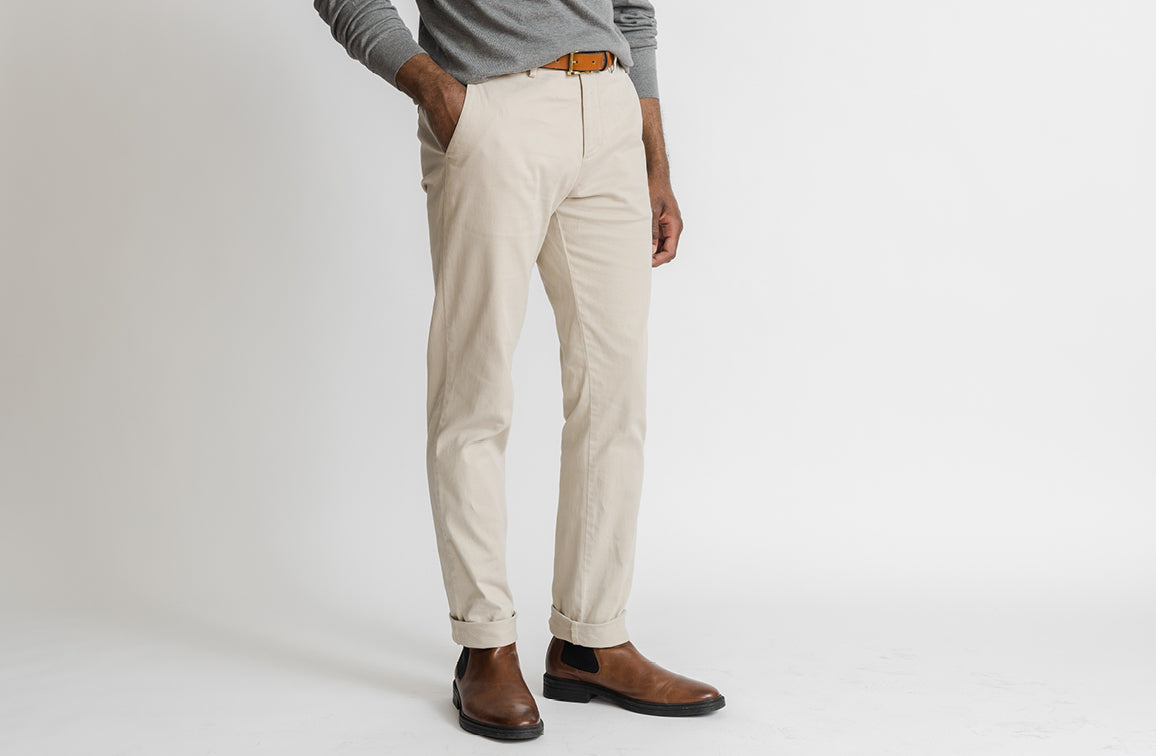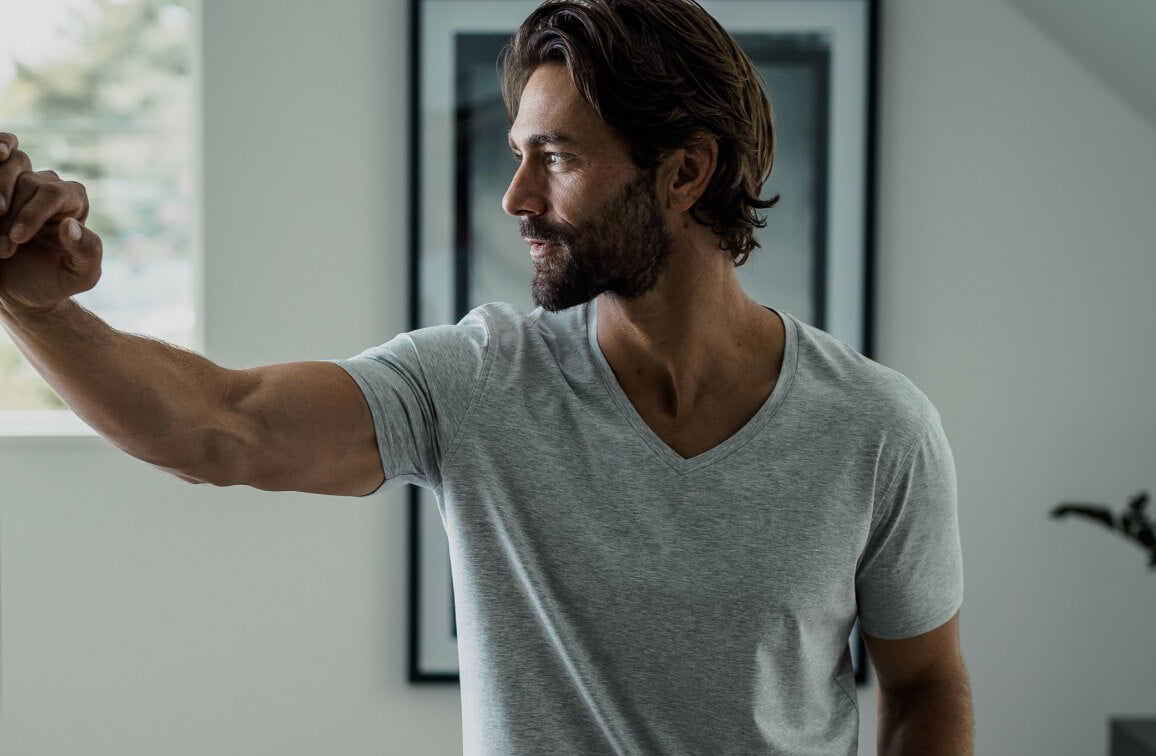




At the beginning of last week, I noticed a few photographs from Pitti Uomo 87 trickle through on Instagram. Despite a few rumblings
here and
there, this season’s trade show felt much quieter when compared to the coverage from past years. Perhaps a return to form and a re-shift in focus is taking place. Let’s take a brief look at the state of menswear’s largest trade show, Pitti Uomo, and the factors that may be contributing to Pitti’s waned coverage.
If you fall into the, “What is Pitti Uomo?” camp, don’t worry, keep reading. Even people who are familiar with the trade show are a little hazy on the details of what actually occurs. Street Style photographers, like Scott Schuman of
The Sartorialist, portray Pitti as a massive convention for well-dressed dudes to hang out together and this portrayal is actually pretty accurate. Although a lot of hanging out at the infamous
Pitti Wall occurs, this is only a small part of the action.
Pitti Uomo is a four-day market-facing event, which is held in Florence, Italy twice per year. The trade show has been around since 1972 and, over time, has grown to become the largest event of its kind. Over 30,000 industry professionals attend the show. Brands achieve valuable one-on-one time with buyers, retailers and journalists. So, why should you care about it if your job title doesn’t include any of those responsibilities? Because in an industry that exceeds over $400 billion annually, Pitti Uomo is arguably menswear’s most important event (
Business of Fashion). Pitti Uomo is the place where contracts are drawn, deals are made and trends are born. Retail buyers select the quantity of garments that they intend to sell to us, the consumers, for the next upcoming season.
In the last few years, the hype leading up to the trade show and the coverage during its four-day span was exciting. As outsiders, we were given access to this world from the comfort of our desk chairs.
GQ,
Style.com,
Selectism and
Highsnobiety, to name a few, published numerous photo essays featuring dozens of men at Pitti who inspired all of us who remained stateside to take more risks with how we got dressed. Pairing sneakers with a business casual outfit, printed fabrics, and the return of year-round white denim all emerged at Pitti. When the trade show was going on, it was impossible to escape its reach within the online menswear circuit, but why would anyone try to do so anyway?
This time around, however, the coverage was less cumbersome.
London Collections: Men, London's menswear fashion week, wrapped up earlier last week and eclipsed the first two days of Pitti. With strong presentations from London, this narrowed Pitti’s spotlight from distracted content editors.
Bloggers and street style photographers have had a rocky two years in the overall fashion industry, and perhaps we’re finally seeing the backlash cross over into menswear. In 2013, the late Oscar de la Renta
aired his frustration with the spectacle that he felt New York’s Mercedes-Benz Fashion Week was becoming. Catherine Bennett, managing director of Mercedes-Benz Fashion Week,
described the fashion shows as, “becoming a zoo.” She continued, “What used to be a platform for established designers to debut their collections to select media and buyers has developed into a cluttered, and exhausting period for our industry to effectively do business.”
Two years after Bennett’s comments, this “zoo” is eventually what Pitti began to feel like and has lead to my greatest strife with Pitti’s coverage. For me, street style is all about authenticity. When photographers first started to cover Pitti Uomo, the subjects in their photographs felt genuine. The irony is that the moment when the trade show attendees and randoms began to realize that their portraits could potentially end up on a well-known website or blog, the clothing started becoming more elaborate and less real. This violated the terms that street style was originally founded on, but really, it was only a matter of time. Although there are still many inspiring looks, the few photo recaps of street style highlights from Pitti that I came across last week felt less about the actual day-to-day garments of the subjects, and more about how a person got dressed to specifically attend the trade show.
It will be interesting to see how further coverage of Pitti Uomo unfolds in June. My hope is that we’ll hear more from Pitti the next go round and that further coverage will bring attention back to what’s important: the actual trade show.
-
Further reading:
The Evolution of Pitti Uomo, Part I: Provenance and Power (Business of Fashion)
End of an Era: Tommy Ton Shuts Down His Street Style Blog (Racked)
Pitti Uomo 87 Fall/Winter 2015 Street Style Report – Part 1 (HIGHSNOBIETY)
Why Street Style 'Peacocks' Are Critical to the Fashion Industry (Mashable)
All photographs courtesy of
Robert Spangle for GQ Magazine U.K.




 At the beginning of last week, I noticed a few photographs from Pitti Uomo 87 trickle through on Instagram. Despite a few rumblings here and there, this season’s trade show felt much quieter when compared to the coverage from past years. Perhaps a return to form and a re-shift in focus is taking place. Let’s take a brief look at the state of menswear’s largest trade show, Pitti Uomo, and the factors that may be contributing to Pitti’s waned coverage.
If you fall into the, “What is Pitti Uomo?” camp, don’t worry, keep reading. Even people who are familiar with the trade show are a little hazy on the details of what actually occurs. Street Style photographers, like Scott Schuman of The Sartorialist, portray Pitti as a massive convention for well-dressed dudes to hang out together and this portrayal is actually pretty accurate. Although a lot of hanging out at the infamous Pitti Wall occurs, this is only a small part of the action.
Pitti Uomo is a four-day market-facing event, which is held in Florence, Italy twice per year. The trade show has been around since 1972 and, over time, has grown to become the largest event of its kind. Over 30,000 industry professionals attend the show. Brands achieve valuable one-on-one time with buyers, retailers and journalists. So, why should you care about it if your job title doesn’t include any of those responsibilities? Because in an industry that exceeds over $400 billion annually, Pitti Uomo is arguably menswear’s most important event (Business of Fashion). Pitti Uomo is the place where contracts are drawn, deals are made and trends are born. Retail buyers select the quantity of garments that they intend to sell to us, the consumers, for the next upcoming season.
In the last few years, the hype leading up to the trade show and the coverage during its four-day span was exciting. As outsiders, we were given access to this world from the comfort of our desk chairs. GQ, Style.com, Selectism and Highsnobiety, to name a few, published numerous photo essays featuring dozens of men at Pitti who inspired all of us who remained stateside to take more risks with how we got dressed. Pairing sneakers with a business casual outfit, printed fabrics, and the return of year-round white denim all emerged at Pitti. When the trade show was going on, it was impossible to escape its reach within the online menswear circuit, but why would anyone try to do so anyway?
This time around, however, the coverage was less cumbersome. London Collections: Men, London's menswear fashion week, wrapped up earlier last week and eclipsed the first two days of Pitti. With strong presentations from London, this narrowed Pitti’s spotlight from distracted content editors.
Bloggers and street style photographers have had a rocky two years in the overall fashion industry, and perhaps we’re finally seeing the backlash cross over into menswear. In 2013, the late Oscar de la Renta aired his frustration with the spectacle that he felt New York’s Mercedes-Benz Fashion Week was becoming. Catherine Bennett, managing director of Mercedes-Benz Fashion Week, described the fashion shows as, “becoming a zoo.” She continued, “What used to be a platform for established designers to debut their collections to select media and buyers has developed into a cluttered, and exhausting period for our industry to effectively do business.”
Two years after Bennett’s comments, this “zoo” is eventually what Pitti began to feel like and has lead to my greatest strife with Pitti’s coverage. For me, street style is all about authenticity. When photographers first started to cover Pitti Uomo, the subjects in their photographs felt genuine. The irony is that the moment when the trade show attendees and randoms began to realize that their portraits could potentially end up on a well-known website or blog, the clothing started becoming more elaborate and less real. This violated the terms that street style was originally founded on, but really, it was only a matter of time. Although there are still many inspiring looks, the few photo recaps of street style highlights from Pitti that I came across last week felt less about the actual day-to-day garments of the subjects, and more about how a person got dressed to specifically attend the trade show.
It will be interesting to see how further coverage of Pitti Uomo unfolds in June. My hope is that we’ll hear more from Pitti the next go round and that further coverage will bring attention back to what’s important: the actual trade show.
-
Further reading:
The Evolution of Pitti Uomo, Part I: Provenance and Power (Business of Fashion)
End of an Era: Tommy Ton Shuts Down His Street Style Blog (Racked)
Pitti Uomo 87 Fall/Winter 2015 Street Style Report – Part 1 (HIGHSNOBIETY)
Why Street Style 'Peacocks' Are Critical to the Fashion Industry (Mashable)
All photographs courtesy of Robert Spangle for GQ Magazine U.K.
At the beginning of last week, I noticed a few photographs from Pitti Uomo 87 trickle through on Instagram. Despite a few rumblings here and there, this season’s trade show felt much quieter when compared to the coverage from past years. Perhaps a return to form and a re-shift in focus is taking place. Let’s take a brief look at the state of menswear’s largest trade show, Pitti Uomo, and the factors that may be contributing to Pitti’s waned coverage.
If you fall into the, “What is Pitti Uomo?” camp, don’t worry, keep reading. Even people who are familiar with the trade show are a little hazy on the details of what actually occurs. Street Style photographers, like Scott Schuman of The Sartorialist, portray Pitti as a massive convention for well-dressed dudes to hang out together and this portrayal is actually pretty accurate. Although a lot of hanging out at the infamous Pitti Wall occurs, this is only a small part of the action.
Pitti Uomo is a four-day market-facing event, which is held in Florence, Italy twice per year. The trade show has been around since 1972 and, over time, has grown to become the largest event of its kind. Over 30,000 industry professionals attend the show. Brands achieve valuable one-on-one time with buyers, retailers and journalists. So, why should you care about it if your job title doesn’t include any of those responsibilities? Because in an industry that exceeds over $400 billion annually, Pitti Uomo is arguably menswear’s most important event (Business of Fashion). Pitti Uomo is the place where contracts are drawn, deals are made and trends are born. Retail buyers select the quantity of garments that they intend to sell to us, the consumers, for the next upcoming season.
In the last few years, the hype leading up to the trade show and the coverage during its four-day span was exciting. As outsiders, we were given access to this world from the comfort of our desk chairs. GQ, Style.com, Selectism and Highsnobiety, to name a few, published numerous photo essays featuring dozens of men at Pitti who inspired all of us who remained stateside to take more risks with how we got dressed. Pairing sneakers with a business casual outfit, printed fabrics, and the return of year-round white denim all emerged at Pitti. When the trade show was going on, it was impossible to escape its reach within the online menswear circuit, but why would anyone try to do so anyway?
This time around, however, the coverage was less cumbersome. London Collections: Men, London's menswear fashion week, wrapped up earlier last week and eclipsed the first two days of Pitti. With strong presentations from London, this narrowed Pitti’s spotlight from distracted content editors.
Bloggers and street style photographers have had a rocky two years in the overall fashion industry, and perhaps we’re finally seeing the backlash cross over into menswear. In 2013, the late Oscar de la Renta aired his frustration with the spectacle that he felt New York’s Mercedes-Benz Fashion Week was becoming. Catherine Bennett, managing director of Mercedes-Benz Fashion Week, described the fashion shows as, “becoming a zoo.” She continued, “What used to be a platform for established designers to debut their collections to select media and buyers has developed into a cluttered, and exhausting period for our industry to effectively do business.”
Two years after Bennett’s comments, this “zoo” is eventually what Pitti began to feel like and has lead to my greatest strife with Pitti’s coverage. For me, street style is all about authenticity. When photographers first started to cover Pitti Uomo, the subjects in their photographs felt genuine. The irony is that the moment when the trade show attendees and randoms began to realize that their portraits could potentially end up on a well-known website or blog, the clothing started becoming more elaborate and less real. This violated the terms that street style was originally founded on, but really, it was only a matter of time. Although there are still many inspiring looks, the few photo recaps of street style highlights from Pitti that I came across last week felt less about the actual day-to-day garments of the subjects, and more about how a person got dressed to specifically attend the trade show.
It will be interesting to see how further coverage of Pitti Uomo unfolds in June. My hope is that we’ll hear more from Pitti the next go round and that further coverage will bring attention back to what’s important: the actual trade show.
-
Further reading:
The Evolution of Pitti Uomo, Part I: Provenance and Power (Business of Fashion)
End of an Era: Tommy Ton Shuts Down His Street Style Blog (Racked)
Pitti Uomo 87 Fall/Winter 2015 Street Style Report – Part 1 (HIGHSNOBIETY)
Why Street Style 'Peacocks' Are Critical to the Fashion Industry (Mashable)
All photographs courtesy of Robert Spangle for GQ Magazine U.K.

